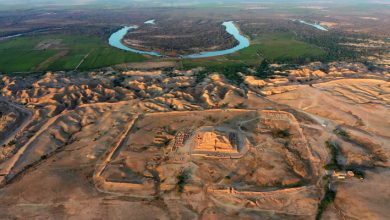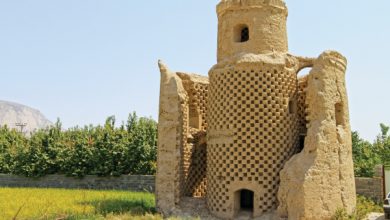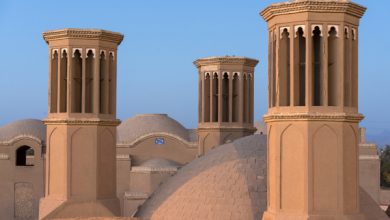
Author: Delaram Ashayeri/ Translated by: Maryam Javaherinia/ Photo: Fariborz Heidari
No Matter what you may choose to call it: the Caspian Sea, the Khazar Sea, the sea of Hyrcania, Gorgan, Guilan, Mazandaran or Tabarestan the body of water north of Iran is still the largest lake in the world; a remnant of the ancient Tethys Ocean.
To we Iranians these waters have always been known as the Khazar sea; rarely referred to as the Khazar lake but perhaps best known internationally as the Caspian sea. Today this sea to Iran’s north, which gives life to the Hyrcanian forests, which uses the Alborz Mountains as a natural dam against rain clouds, has become a symbol of revitalisation and greenery to Iranians who otherwise live in an arid land covered mostly by deserts. Consequently, and for a long time now, this region has been considered a haven for those who spend the majority of their lives in large cities; especially those living in the northern half of Iran. The Caspian region provides them with the opportunity to escape from the bustling life of crammed cities during their vacation time, or, indeed, whenever the opportunity might present itself. For city dwellers of Iran this place allows an accessible change of scenery, fresh air, and the chance to refresh their bodies in the rejuvenating waters of this sea.
Although the disposition to see northern Iran as a luscious green land is something usual for Iranians when one travels to neighbouring countries quite different scenes of the Caspian coast are revealed. In Turkmenistan, for instance, the majority of the coastline is dry and sandy due to the lack of any mountain range, such as the Alborz, to keep the stretch of land between sea and higher elevations covered with forests and vegetation by capturing rain water. Indeed, the northern section of the Caspian Sea, bordered by the Russian Federation and Kazakhstan, reaches depths no greater than 5 metres, and subsequently freezes over during the bitter winters. This fact of nature stands in antithesis to the majority of Iranian’s imagination of the Caspian, for it is the section of sea that borders Iran which reaches its lowest depths and therefore makes it resistant to seasonal freezing…
Find more on:



